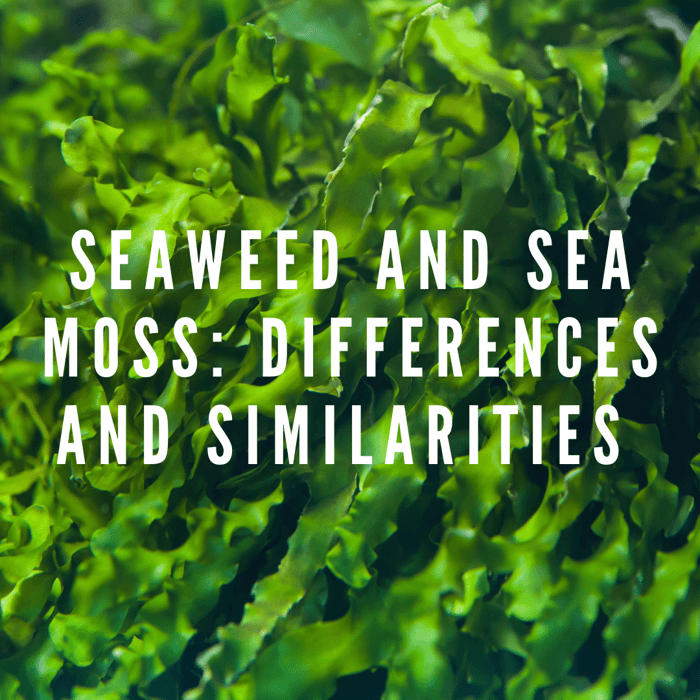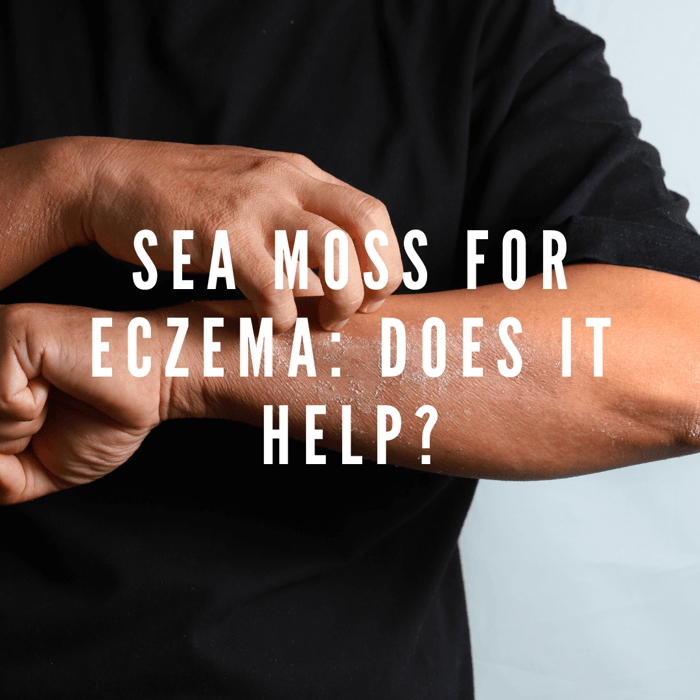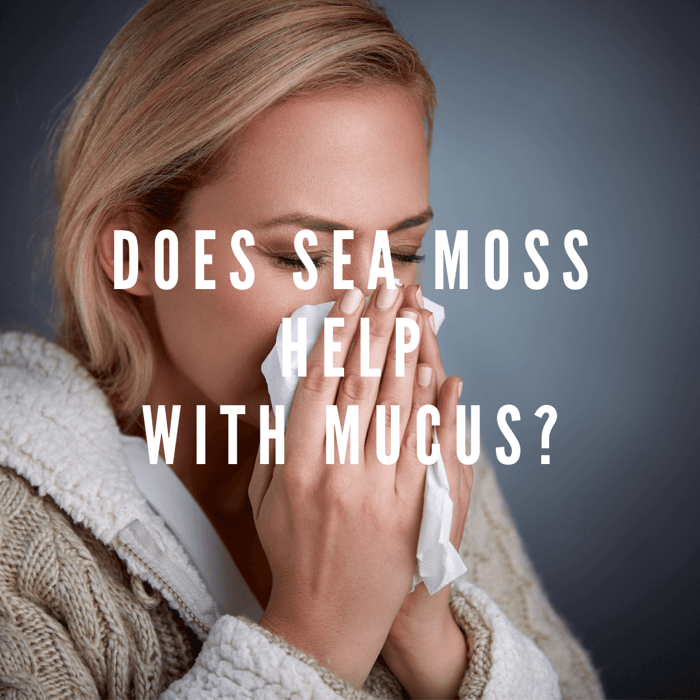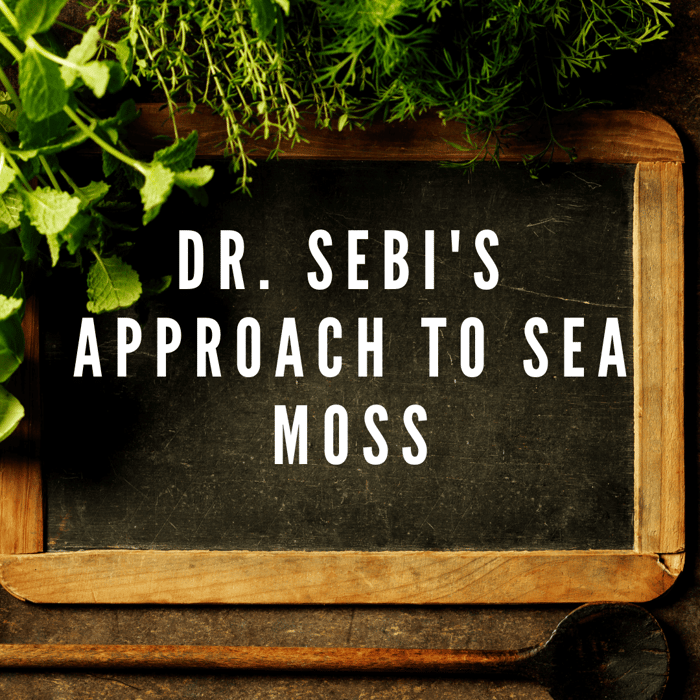Seaweed and sea moss are both aquatic plants with a host of nutritional benefits. In this article, we delve into their definitions, types, uses, and nutritional values. We also compare their similarities and differences, and discuss their role in human health and environmental sustainability.
Table of Contents
- Understanding Seaweed
- Understanding Sea Moss
- Comparing Seaweed and Sea Moss
- The Role of Seaweed and Sea Moss in Human Health
- Sustainability and Environmental Considerations
Summary Table
| Topic | Seaweed | Sea Moss |
|---|---|---|
| Definition and Types | Seaweed is a common name for countless species of marine plants and algae that grow in the ocean. | Sea moss, also known as Irish moss or chondrus crispus, is a type of sea algae that grows in the Ocean. |
| Nutritional Value and Benefits | Seaweed is rich in vitamins, minerals, and antioxidants. | Sea moss is packed with protein, fiber, and a wide range of minerals. |
| Uses in Food, Health, and Industry | Seaweed is used in food, cosmetics, fertilizers, and biofuels. | Sea moss is used in food, health supplements, and skincare products. Commonly Sea moss gel. |
Understanding Seaweed
Definition and Types of Seaweed
Seaweed is a common name for countless species of marine plants and algae that grow in the ocean.
Nutritional Value and Benefits of Seaweed
Seaweed is rich in vitamins, minerals, and antioxidants. It's a good source of iodine, which is essential for thyroid function. It also contains fiber, which aids in digestion.
Uses of Seaweed in Food, Health, and Industry
Seaweed is used in a variety of ways. It's a staple in many Asian cuisines, used in salads, soups, and sushi. It's also used in cosmetics, fertilizers, and biofuels.
Understanding Sea Moss
Definition and Types of Sea Moss
Sea moss, also known as Irish moss, is a type seaweed that grows in our beautiful oceans. It's commonly found on the rocky parts of the Atlantic coast of Europe and North America.
Nutritional Value and Benefits of Sea Moss
Sea moss is packed with protein, fiber, and a wide range of minerals. It's particularly high in iodine and selenium, both of which are essential for proper thyroid function. It also contains compounds that act as natural antimicrobial and antiviral agents, helping to boost immunity.
Uses of Sea Moss in Food, Health, and Industry
Sea moss is used in a variety of ways. It's often used as a thickener in soups, stews, and puddings. It's also used in health supplements and skincare products, thanks to its high mineral content and soothing properties. You can find a range of sea moss products in our bundles collection.
Comparing Seaweed and Sea Moss
Similarities between Seaweed and Sea Moss
Seaweed and sea moss are both types of marine algae that grow in the ocean. They're both rich in nutrients, including iodine, and offer a range of health benefits.
Differences between Seaweed and Sea Moss
While both seaweed and sea moss are types of marine algae, they belong to different categories. Seaweed is a broad term that includes many different species of algae, while sea moss refers to a specific type of algae. They also differ in their nutritional profiles and uses.
Comparative Analysis on the Nutritional Content
Both seaweed and sea moss are rich in nutrients, but they have different nutritional profiles. Seaweed is generally higher in fiber, while sea moss is higher in protein. Sea moss also contains more iodine and selenium, which are essential for thyroid function.
The Role of Seaweed and Sea Moss in Human Health
Health Benefits of Seaweed
Seaweed is a good source of vitamins, minerals, and antioxidants. It can help improve digestion, uce inflammation, and support thyroid health.
Health Benefits of Sea Moss
Sea moss is packed with nutrients that support immune function, digestion, and thyroid health. It also has antimicrobial and antiviral properties. Learn more about the benefits of sea moss in our article section.
Their Use in Modern Medicine and Health Supplements
Seaweed and sea moss are used in a variety of health supplements, thanks to their high nutrient content. They're also used in modern medicine, particularly in treatments for thyroid disorders.
Sustainability and Environmental Considerations
Environmental Impact of Seaweed and Sea Moss Farming
Seaweed and sea moss farming have a relatively low environmental impact compa to other forms of agriculture. They don't require fresh water, fertilizers, or pesticides, and they can help improve water quality by absorbing excess nutrients.
Role of Seaweed and Sea Moss in Sustainable Food Systems
Seaweed and sea moss can play a key role in sustainable food systems. They're a renewable resource that can be harvested without damaging the environment. They also provide a source of nutrition that's not dependent on land or fresh water.
Challenges and Future Directions in Seaweed and Sea Moss Farming
While seaweed and sea moss farming have many benefits, there are also challenges. These include the need for more research on the best farming practices, the impact of climate change, and the need for more regulation to ensure sustainable practices.
Conclusion
Seaweed and sea moss are both nutrient-rich marine algae with a range of uses and benefits. While they have some similarities, they also have distinct differences in their nutritional profiles and uses. Both have the potential to play a key role in our diet, health, and sustainable food systems.
At Millie's Moss, we're committed to providing high-quality, sustainably sourced sea moss products.
 is here! Shop now, pay later in 4 easy installments
is here! Shop now, pay later in 4 easy installments



